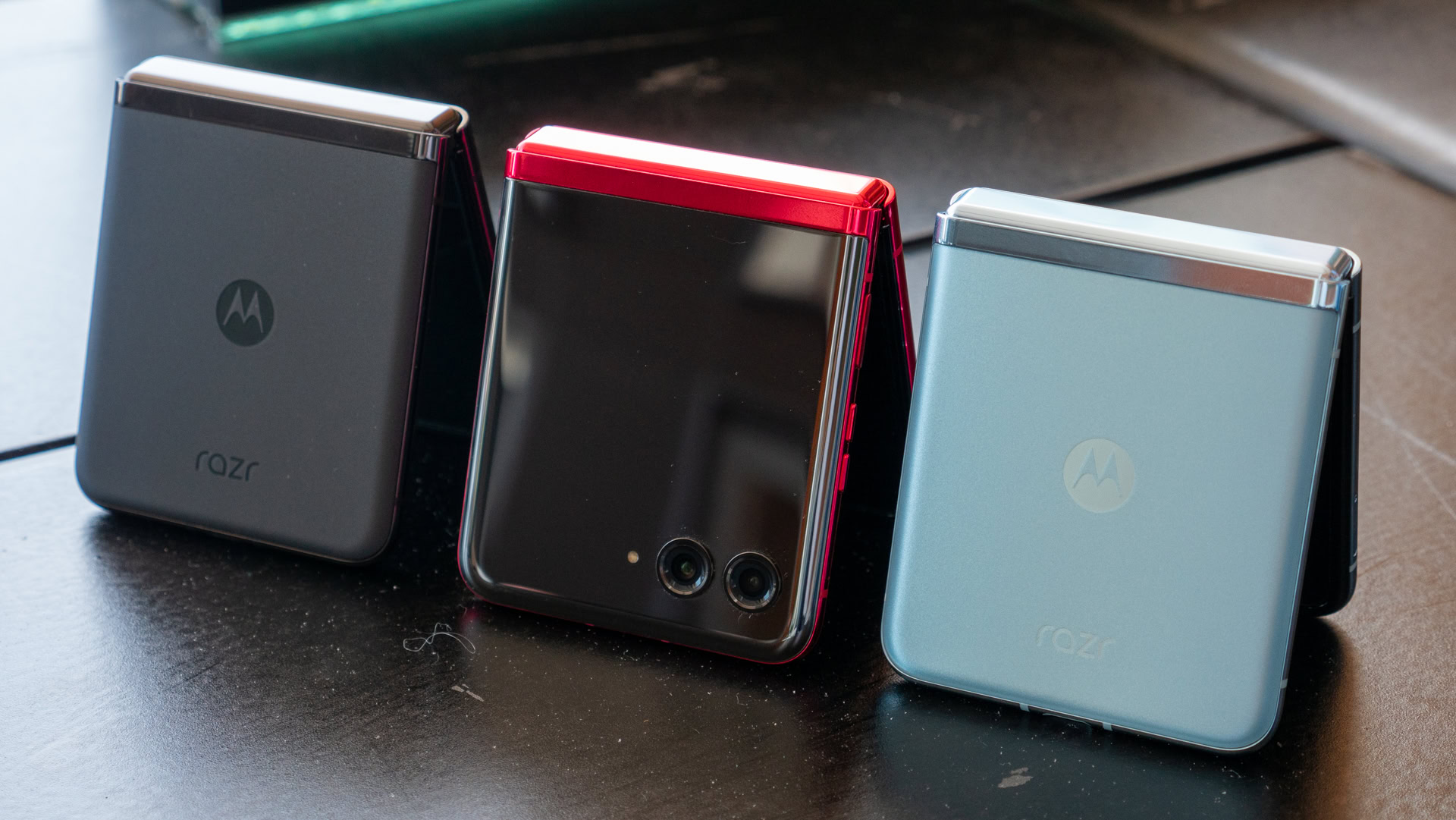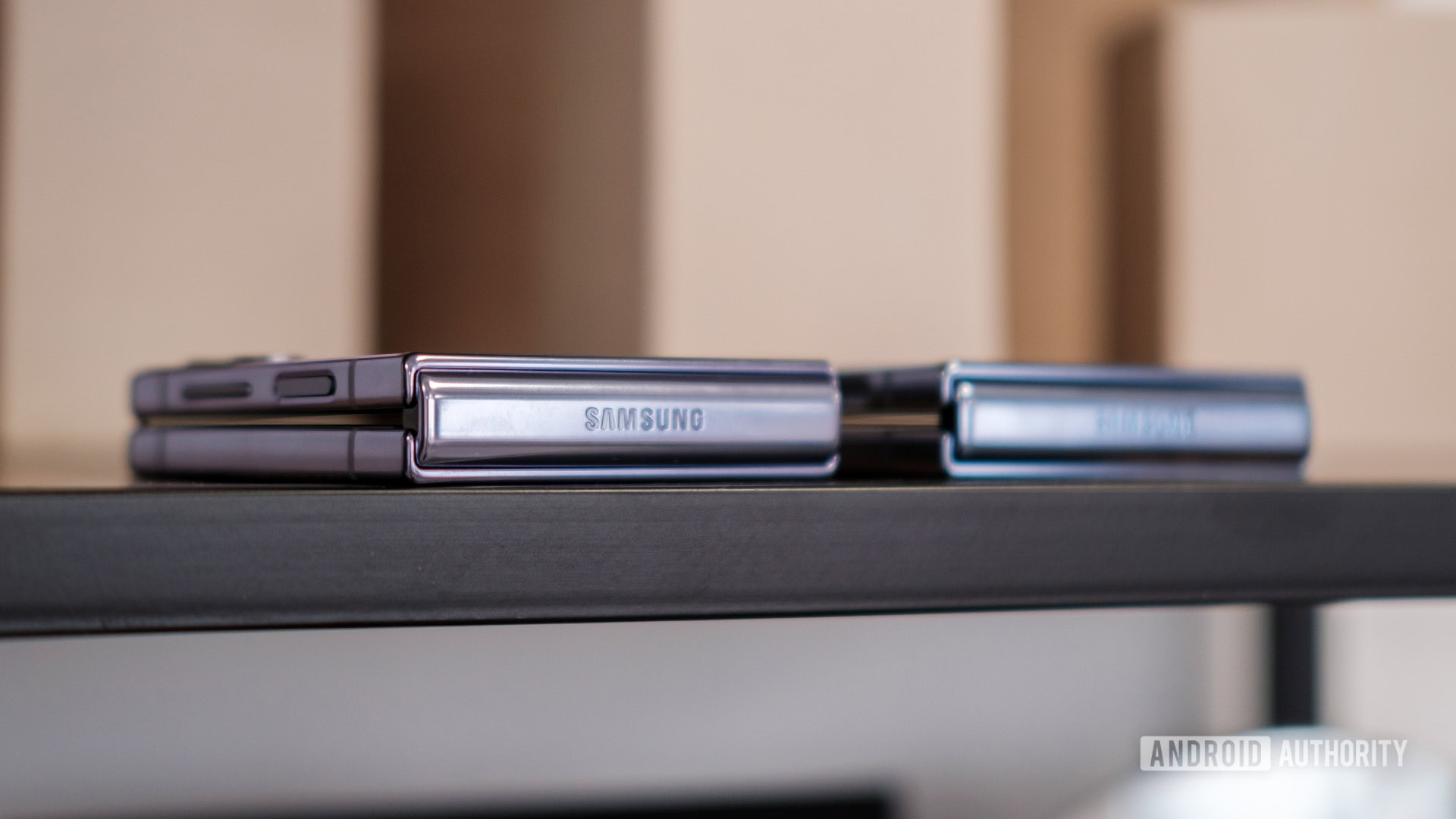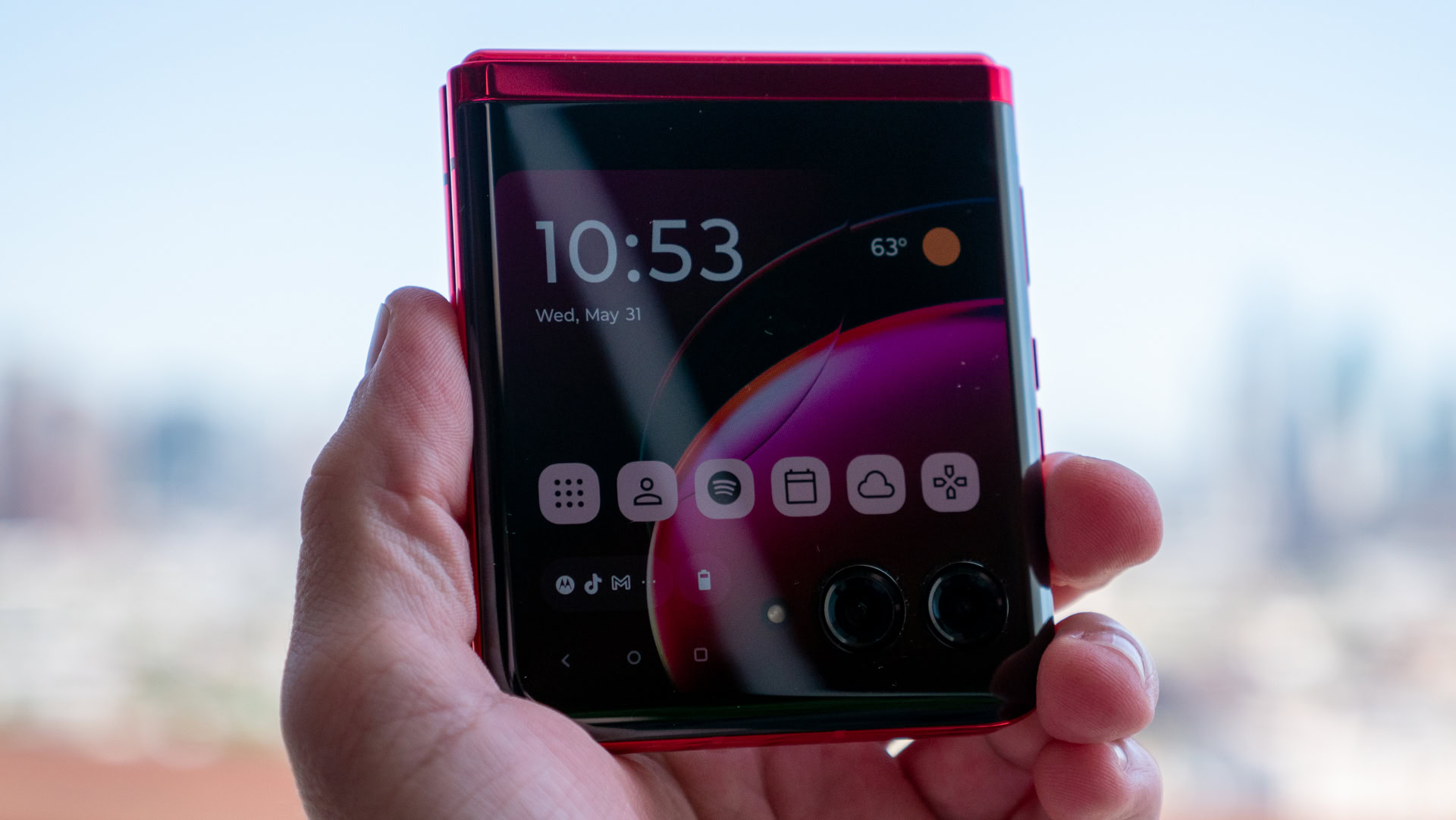
Ryan Haines / Android Authority
Razr Plus
A few obstacles stand between me and the best foldables available today: thickness, single-handed usability, cameras, and ingress protection. The recent announcement of the Motorola Razr line-up made me reconsider that last part because any kind of water or dust resistance is a tough ask on a folding piece of tech, and Motorola seems to have gone in the opposite direction of Samsung and Google by privileging dust over water protection.
But let’s back up a bit. Until today, some foldables lacked any kind of ingress protection. That was the case of the HONOR Magic Vs and TECNO Phantom V Fold, for example. Others like Samsung’s Galaxy Z Flip 4 and Z Fold 4 and the Google Pixel Fold are rated IPX8.

Robert Triggs / Android Authority
An IPX8 rating means that the phone can be fully submerged and is completely resistant up to two meters for up to 30 minutes. That’s an impressive feat for a folding phone with so many moving parts and a rotating hinge. Having held a few Galaxy Z phones, I’ve noticed that they’re nowhere near fully sealed on the outside, so Samsung had to do some impressive work to stop water from coming inside and damaging the internals.
What Samsung and Google miss out on, though, is that X part of the IPX8 rating, which says that their foldables aren’t rated for dust resistance. And that’s a big miss because dust has the uncanny ability to get in anywhere. One large dust particle squeezing inside a foldable hinge can wreak havoc on the pivoting joint, and damage the mechanism or some other internal part. Foldables are already fragile enough as it is, so I’d want to keep them away from any extra harm. Especially for the price!

Ryan Haines / Android Authority
Motorola went in the opposite direction with the Razr (2023) and Razr Plus. The two foldables sport a different ingress protection — IP52. Two things have changed here: The water resistance rating is only 2 — quite a downgrade from Samsung’s 8 — which means it can handle some splashes from any direction, but that’s it. Motorola supposedly applies an extra water-resistance nanocoating on its internals so you may be fine with a bit more exposure than that, but since there’s no official rating, you’d probably be left on your own if you dropped the Razr in a puddle or used it in a downpour.
However, Motorola went for a dust resistance level of 5. It’s not completely dust-tight (that requires level 6), but I’d feel more at ease putting the Razr in my jeans pockets or going on an off-road adventure with it than with the Pixel Fold or Galaxy Z series.
Which leaves me wondering, which ingress protection level is the “right” one for a foldable? I don’t think there’s a perfect answer for now, but I’m leaning towards more dust resistance because my phone would be exposed to that a lot more than water. I’d like to know what you think, though. Would you prefer a higher water resistance protection with no dust protection at all, or would you take better dust protection at the price of much lower water resistance?
Which IP rating would you prefer for a foldable?
129 votes
Maybe the question will be moot in a few months, though. Rumor has it that the upcoming Galaxy Z Flip 5 and Z Fold 5 will carry an IP67 rating, the best of all worlds. That’ll make Samsung’s foldables more dust-tight than the razr series and almost as water resistant the previous models. An all-around win.



